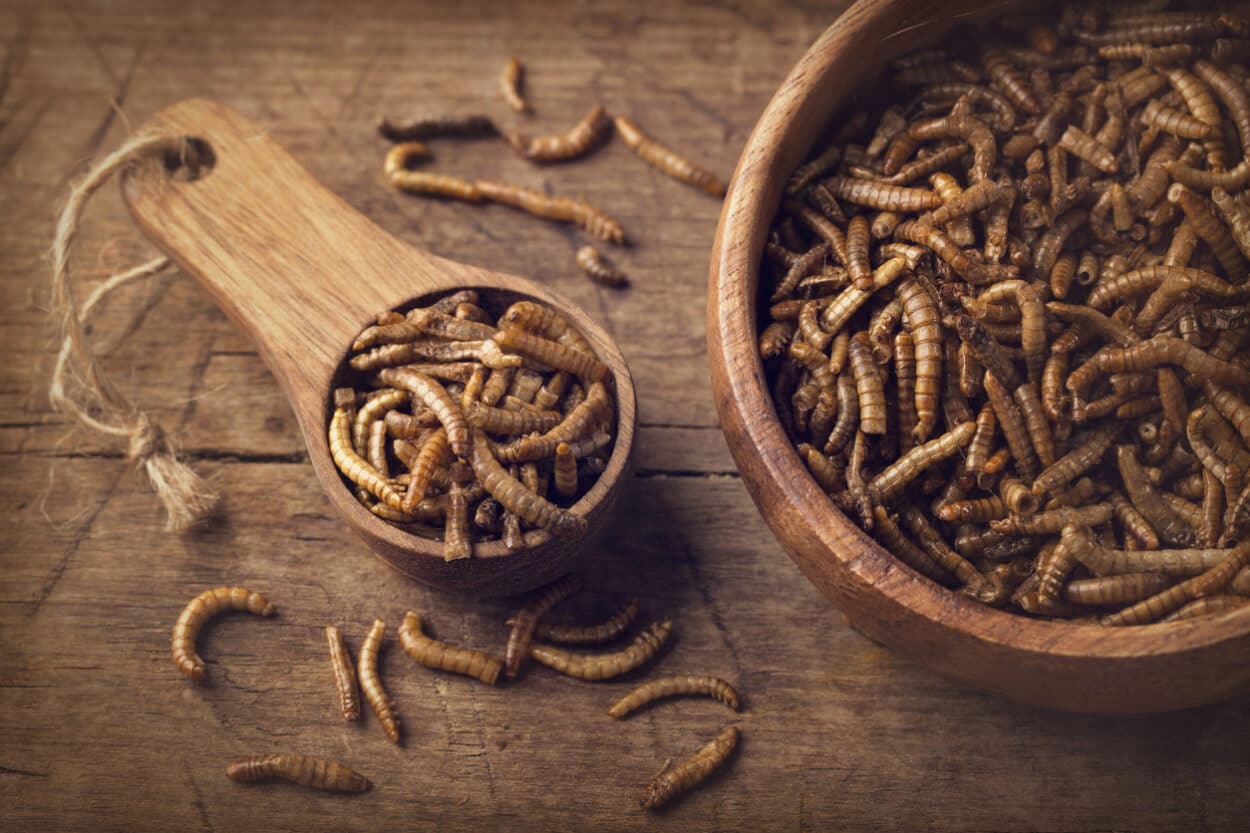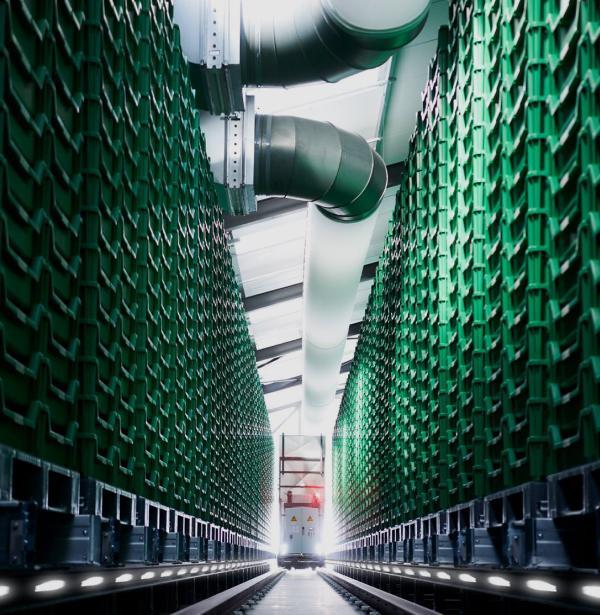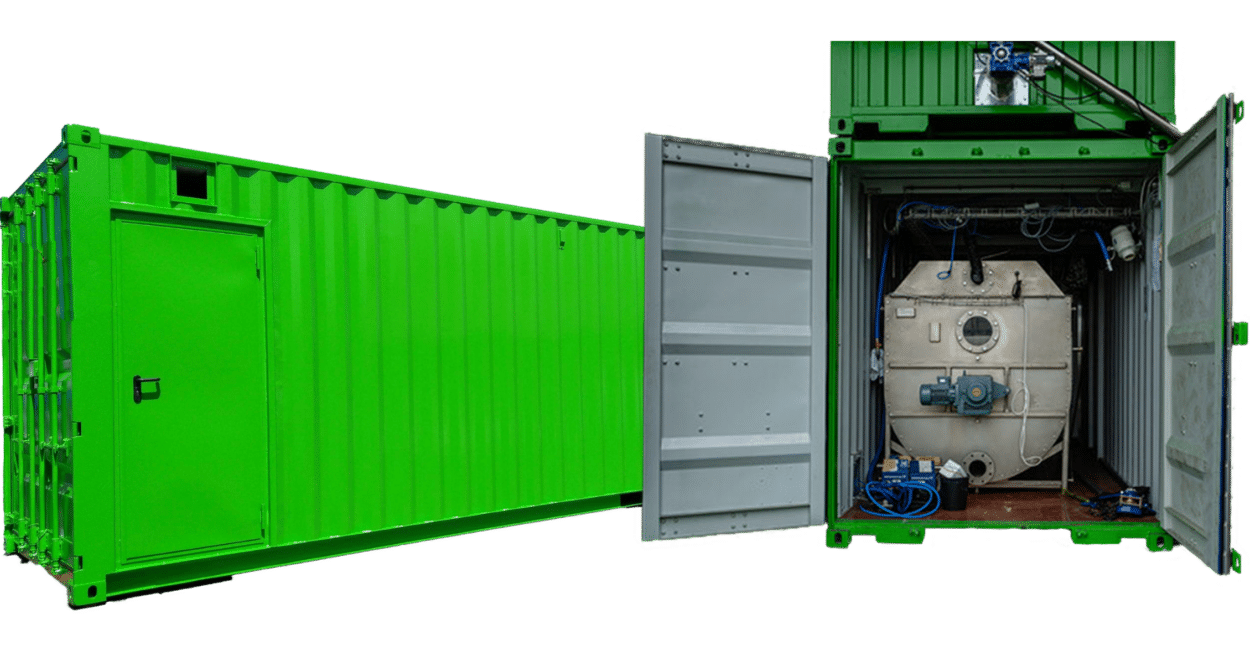Sustainability is one of the key buzzwords circling agriculture today. Many eyes are thus focused on farming insects as the main sources of protein for animal feed. And even human consumption.
Many consumers might find the idea of chewing on a cricket revolting. But there is a growing number accepting insects as cheaper forms of food.
The global population today hovers around 8 billion people and is estimated to be 9 billion by 2050. Farmers and governments are under severe pressure to ensure that growth’s food security.
The main issue farmers face in producing extra food is a lack of land on which to grow food. Climate constraints, use of chemical regulations, and consumer pressure are also a problems.
With this in mind, numerous companies producing insects and the equipment to help are evolving and finding lucrative niche markets.
Insects Approved For Human Consumption
Experts claim that insects represent less than 1% of the carbon footprint of livestock.

Edible insects can offer between 35% and 60% of their dry weight as protein. It is more than some plant sources, including soybeans, and more than traditional meat and eggs.
Insects are already part of the staple diet of around 2.5 billion people worldwide. But in Europe, it’s only been more recently that some insects have been approved to eat.
For example, the European Commission has approved more varieties of insect protein for human consumption. These include house crickets and lesser mealworm larvae.
The mealworms can be sold in dried, frozen, paste, and powder form. The crickets can only be offered as a partially defatted powder ingredient.
For the European Commission:
“It is up to consumers to decide whether they want to eat insects or not. The use of insects as an alternate source of protein is not new and insects are regularly eaten in many parts of the world.”
Feeding Animals With Insects
Higher usage of insects will be in the animal feed industry as alternative sources of protein. The levels of this protein from insects can vary between 55% and 75% when used in animal feed.
Farmers are under pressure to reduce the emissions of animal feed with protein that has been shipped thousands of miles away. Soybeans from Brazil are an example.
However, some hurdles are preventing farmers from using animal feed made with the inclusion of insects such as cost and usage legislation.

French-based Ynsect was founded by scientists and environmental activists in 2011. It is on a path to present the benefits of mealworms to the human and animal world.
They believe there are huge benefits to using insects in the poultry industry. An efficient use of protein is key for bird growth.
Accounting for over 40% of total meat produced globally, 25 billion chickens are produced in the world each year. Nine billion are broilers.
Ynsect says using mealworms in the diets of poultry helps improve their food conversion rate. It can offer good bacteria when made into a probiotic and can lead to improved digestibility and breast tissue.
According to Alice Pabst, Head of Marketing at Ynsect:
“For livestock farming, Ynsect provides solutions to the issues of nutrition, health and well-being, digestion, microbiome, reduction and cessation of medication, environmental impact, decarbonization, and therefore overall performance in growth or reproduction stages.”
The company cultivates its mealworms in state-of-the-art vertical farms powered by advanced robotics, computer vision, and cutting-edge AI.
Insect Farming in Containers
Dutch company Amusca, along with Mavitec, has developed the first scalable, mobile Insect Breeding Unit. Insect expert Dr. Ir Walter Jansen of Amusca developed the idea.

His mission is to produce living insect larvae from waste organic material. The objective is the production of protein for the poultry and aqua-feed industries. The company says this new unit can unveil the potential for insects in animal feed, human nutrition, and biochemicals.
The Insect Breeding Unit can produce up to 5,000 kg of living larvae per day. The flies are kept in two 40 ft containers stacked on top of each other.
This is the home where the flies grow from eggs to larvae. In these containers, Amusca and Mavitec manage to control the perfect climate for flies.
Smart software and high-tech engineering create ideal living conditions for flies as well as their eggs and larvae. A cloud-based software system monitors the breeding process. It generates information on the performance 24/7.
UK company Better Origin is also manufacturing mini insect farms housed in shipping containers. Food waste goes in one end and the larvae come out the other.

Filled with AI, the system is completely automatic and uses cameras and algorithms to control the entire process.
Better Origin leases the units to farmers on a monthly fee basis and retains all control of the production process. Farmers can access the information via an app.
Welsh farmer Osian Williams, owner of Wern Farm, uses insect feed for his poultry layers. According to him,
“Avian flu measures increase our concern for the welfare of hens as they can become stressed when forced to remain indoors for long periods of time. However, supplementing their feed with the live larvae not only provided them with better nutrition but also appeared to have welfare benefits. I could see they were less stressed, and their feather coverage looked better than ever.”











